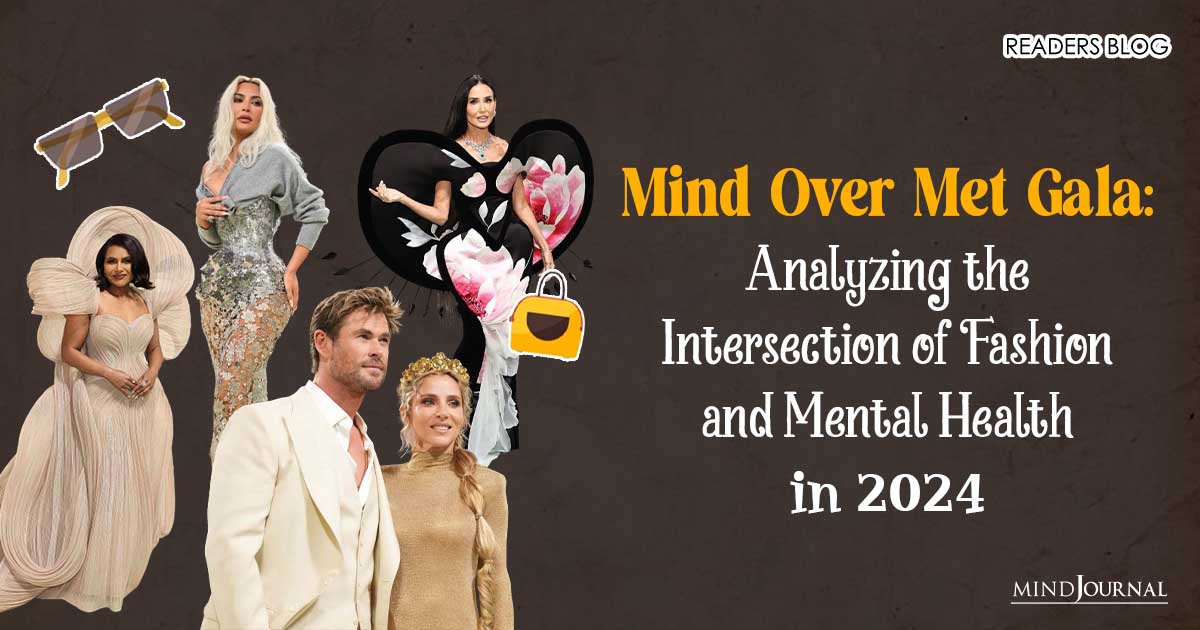Conflict is a natural element of any dynamic whether it is personal or professional and knowing how to deal with it becomes an essential in any aspect of life. Conflicts in the workplace can arise for matters as trivial as difference in personal beliefs to matters such as project completions, working styles, deadlines, project goals and different outlooks towards work. For the sake of development and productivity, these disputes must be settled quickly and professionally. Understanding how conflicts arise and how to resolve them can help managers advance in their careers. We’ll go over what conflicts are, their different kinds, and the typical reasons why team members argue in this edition of The Wellness Digest.
What does conflict mean in the job?
Every interaction involving people will inevitably involve conflict. A dispute or disagreement between two or more individuals or parties is referred to as a conflict. Differences in beliefs, values, or interests are just a few of the many possible causes of conflict. The effects of conflict can range from little annoyance to serious disruption and harm. While there will always be disagreements in the workplace, it is important to recognize their root causes and take prompt action to address them in order to find a workable solution. While disagreements are typically seen negatively. That isn’t always the case, though! Managers who foster healthy conflicts can also improve the working environment. Let’s now talk about the typical kinds of disputes in the workplace.
Typical Conflict Types in the Workplace
1. Conflicts in Leadership
Disagreement over how to lead the team can result in a leadership conflict, one of the most prevalent kinds of conflicts in the workplace. Conflicts regarding the leader’s legitimacy, ability to make decisions, or approach may arise from this. Managers can negotiate and have a conversation to end a conflict in leadership. Conflict among the team’s leaders can have a detrimental effect on output, morale, and overall success.
An illustration of a conflict between leaders could be:
There is disagreement between two managers from different departments about the best way to handle a cross-functional project. Manager B favors a top-down, authoritative style of decision-making, while Manager A favors a more inclusive and collaborative approach. They are unable to come to an agreement and put the interests of their respective teams first, which leads to conflict.
The conflicts listed below fall under the category of leadership conflicts.
Objective conflicts: These are the kinds of conflicts that arise when managers have divergent organizational goals or objectives.
Role conflicts: Confusion and overlap resulting from managers’ unclear roles and
responsibilities can give rise to conflicts.
Conflicts arising from decision-making: Managers from various departments may clash over crucial choices, like budget or strategy. Although resolving a leadership conflict can be difficult, the team can move past it and move forward with dialogue and compromise. Effective success requires the devotion and commitment of all managers and team members.
2. Conflicts in Work Styles
Another common type of conflict is work style, which arises when employees have differing expectations about how they should work. Conflict may result, for instance, from personality conflicts, cultural differences, and differing perspectives on the work. These confrontations may cause tension at work and possibly tension-related issues like burnout or harassment.
Conflicts in work styles can occur in the following ways:
There are differences in the ways that two team members manage their time. While Team Member Y is more impulsive and enjoys working in creative bursts, Team Member X is extremely organized and prefers to plan tasks meticulously in advance. This disagreement may make it difficult to coordinate project efforts and meet deadlines, which may hinder internal communication and cooperation.
This category includes the following types of conflicts:
When two people have different expectations about the kind of work assigned, task style conflicts arise. For example, one person might anticipate finishing a task as quickly and easily as possible, while another person might anticipate completing the task in a less conventional manner. When two people approach their working relationship from different philosophies, relationship style conflicts arise. Any workplace where there are differences over how the team should accomplish tasks and how managers should handle staff members is susceptible to managerial style conflicts.
3. Conflicts of Creativity
Conflicts that are creative arise when members of a team have different ideas or objectives. These disputes are difficult to settle because they call for creativity and invention and frequently cause friction and hostility amongst team members.
In the workplace, creative conflict can take the following forms:
There are disagreements among the designers in the team working on a new product concept regarding the general direction of the design. While Designer B thinks a more colorful and inventive approach would be preferable, Designer A is a proponent of a sleek and minimalist design. It can be difficult to come to an agreement on the final design because of the intense arguments and divergent perspectives that can result from this creative conflict.
Creative conflicts can be classified into five categories: conceptual, technical, interpersonal, structural, and political conflicts. When members of a team have divergent perspectives on a situation or issue, conceptual conflicts can arise. For instance, two team members might disagree on the best way to solve an issue or find a solution. Because of the complexity of the problem and the diversity of
viewpoints involved, these conflicts can be difficult to resolve.
When members of a team lack the same knowledge or experience, technical conflicts can arise. For example, when working on a project together, two team members may have different areas of expertise, which could cause tension and conflict.
Conflicts within a team structure occur when members want greater responsibility or
authority. This raises the possibility of project failure and can make it unclear who is in charge of what. Competing interests within a team can give rise to political conflicts over choices or results.
4. Personality Discord
Workplace conflicts can take many different forms. Personality conflict, also known as
interpersonal conflict, is among the most prevalent forms of conflict. This type of conflict arises when there are personality conflicts between two or more individuals, resulting in disparities in communication preferences and work styles.
Conflicts between personalities at work can include:
It is challenging for two coworkers with radically different personalities to collaborate well. Employee A is detail-oriented, introverted, and prefers to work alone. Employee B, on the other hand, is outgoing, values teamwork, and keeps an eye on the wider picture. Their dissimilar personalities could cause miscommunication, disagreements during decision-making, and other problems that would impair team cohesion and output.
Interpersonal conflicts and workplace tension are frequently caused by the clashing of
different personalities.
When two or more people disagree about their working relationships, relationship conflicts arise. When one employee in a workplace has greater influence than another, power conflicts can occur.
In the workplace, status conflicts can arise between two individuals who hold varying degrees of authority.
5. Task-Related Disagreements
One kind of conflict that arises in the workplace is task-based conflict, which occurs when conflicting tasks are assigned to different groups of employees. These kinds of disputes can result from a number of things, including insufficient communication, conflicting work schedules, and disparate expectations or goals. Task-based conflict can occur when two team members disagree about the best way to handle a particular project or task. Whereas Employee Y favors a more adaptable and creative approach, Employee X thinks that success requires a methodical and structured approach. Disagreements about project deliverables, deadlines, and milestones may result from this conflict, delaying work and impeding advancement.
Why do disputes arise at work? What strategies can managers use to resolve conflicts at work?
Workplace life inevitably involves conflict. Conflicts in the workplace can take many different forms, including personality conflicts, differences in viewpoints, and disagreements over objectives. However, in order to stop conflict before it starts, it is essential to locate and resolve its root cause. By identifying a positive solution, managers can effectively handle conflicts in the workplace (either through negotiation or mediation).
6. Opposition to Change
Many employees oppose proposed or implemented changes, particularly if they believe the changes will have a detrimental effect on their employment. As various groups of people battle it out to maintain their status, this can result in a variety of conflicts at work.
Understanding the reasons behind the employees’ resistance to change and then coming to a compromise and agreement are the best ways to prevent this conflict. You can lessen conflict at work and increase productivity if you make concessions with your team and come up with a solution that works for everyone.
7. Uncertainty in Workplace Expectations
Conflicts in the workplace can result from unclear job expectations. Before the workday begins, employers and employees should make sure that everyone is aware of what is expected of them. Expectations run the risk of being unclear, leading to miscommunication or conflict. Regardless of the situation, it is imperative to settle disputes without using force. By talking about expectations before work begins, the team can prevent conflict and produce quality work.
8. Ineffective Communication
One of the most frequent reasons for conflict at work is poor communication, which can result in a variety of problems. Both parties may become frustrated and misunderstand each other as a result. Miscommunication of roles, expectations, and goals is one of the many causes of communication problems in the workplace. Additionally, when teams require assistance in properly conveying information or clarifying agenda items, poor communication may result.
It is crucial to address communication problems as soon as possible and to be willing to adjust your contact style when necessary in order to guarantee effective communication. There are a number of actions you can take to enhance communication in the workplace, including holding frequent training sessions, workshops, and team meetings. To ensure that everyone has easy access to important team members, think about compiling a contact list.
9. Variations in Character
Personality differences are one of the many possible sources of conflict. People with different personalities finding it difficult to collaborate are some of the common causes of personality-based conflict in the workplace. This is due to the fact that individuals with diverse personalities have various work styles, values, and communication philosophies, all of which can cause miscommunication and annoyance among team members. Team member arguments and even animosity are examples of these kinds of conflicts. To prevent personality-based conflicts at work, it’s crucial to have open and effective communication with coworkers.
This entails communicating your point of view clearly, actively listening to others, and remaining receptive to criticism. Furthermore, attempting to recognize and value the various personalities and working styles can
10. Unhealthy Work Practices
Workplace conflicts can take many different forms as a result of bad work habits. Being
disorganized, not keeping your word, and arriving late are a few examples of everyday poor work habits. Team members may become resentful and mistrustful of one another due to a lack of accountability and responsibility, which can result in disputes and poor communication.
Additionally, procrastination and disorganization can result in missed deadlines, team member resentment and frustration, and ultimately, conflicts. It is critical to recognize and deal with your negative habits as soon as possible if you want to prevent any needless conflict at work.
Furthermore, you can lessen the likelihood of conflict at work and enhance the quality of your work by recognizing and modifying your work habits. Everyone wins in this situation!
In summary
In summary, disagreements are an inevitable aspect of any workplace, and it is crucial for managers to be aware of the various kinds of conflicts that could occur there. Managers can effectively manage and resolve a conflict by determining and comprehending its underlying causes. To resolve conflicts and keep everyone in the workplace happy and productive, managers must also possess strong communication and problem-solving abilities.








Leave a Reply
You must be logged in to post a comment.